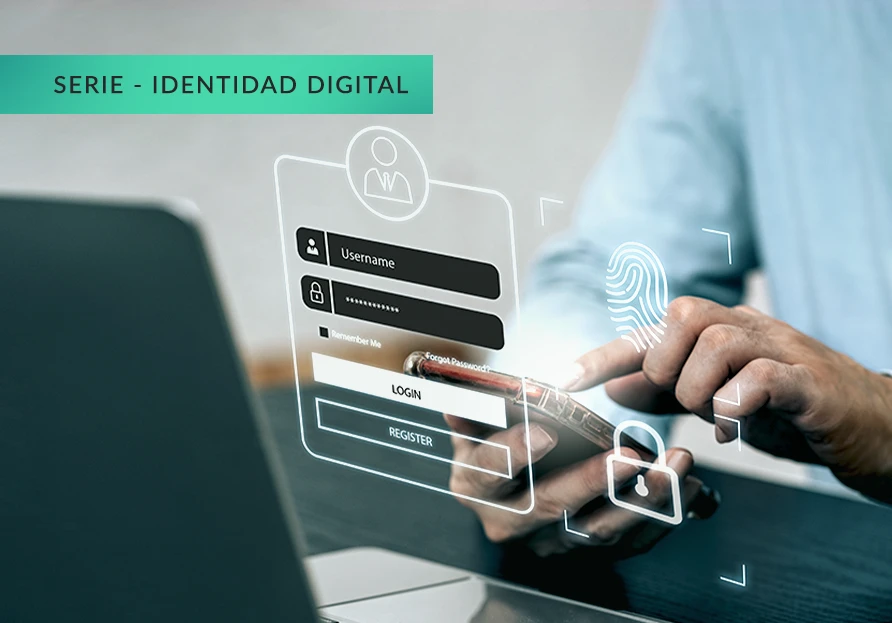Table of Contents
- Introduction: Europe, heading towards a digital economy without borders.
- Digital identity as critical infrastructure
- Economic impact of MUD and digital identification
- Common types of identity-related digital fraud
- Key technologies to combat digital identity fraud
- Conclusion: a more digital Europe needs a more trusted identity
Introduction: Europe, heading towards a digital economy without borders.
The digitalization process in Europe is not just a trend, but a continental strategy. The European Union is moving decisively towards the consolidation of a Digital Single Market (DSM), a space without digital barriers where citizens and businesses can interact, operate and access digital services with the same ease as in the physical world.
According to official data from the European Commission, the Digital Single Market could contribute more than €415 billion to annual GDP if its full potential is realized. In addition, almost 90% of Europeans use the Internet frequently, and cross-border e-commerce already accounts for a significant share of digital consumption in the region.
However, for this vision to become a reality, it is essential to solve a fundamental challenge: digital trust between countries, platforms and users. How can we guarantee that a person is who they say they are, across borders? The answer lies in establishing a solid digital identity infrastructure, where processes such as certified video identification play a central role.
Digital identity as critical infrastructure
Just as in the physical world we need to identify ourselves to open a bank account or sign a contract, in the digital environment we need a reliable, secure and universally recognized identity.
In this context, reliable remote identification becomes a key enabler to enable cross-border services, from digital onboarding to electronic document signing. But not just any method will do: robust, auditable technologies aligned with the European regulatory framework are required, such as certified video identification or the forthcoming European Digital Identity Wallet (EDIW), an initiative driven by eIDAS 2.0 to empower citizens with verifiable digital credentials under their control.

Economic impact of MUD and digital identification
A trusted digital identity system is not only a security issue, it is also a lever for economic growth. Enabling citizens and businesses to contract, sign, trade or register digitally across Europe without friction or risk drives the adoption of digital services, reduces operational costs and results in sustainability.
The European Commission’s eIDAS 2.0 impact study projects that widespread adoption of interoperable digital identity solutions could translate into cost savings of up to €9.6 billion annually for businesses, in addition to facilitating a more level playing field for SMEs and startups across the region.
Digital identity – and within it, processes such as video identification or European identity wallets – are the essential passport to unlock that potential.
Common types of identity-related digital fraud
- Impersonation: someone impersonates another person to access services or perform fraudulent transactions.
- Phishing and credential theft: deceptively obtaining access data to take control of digital accounts.
- Identity fabrication: use of forged documents to generate non-existent identities.
- Synthetic identity fraud: combination of real and false data to create a partially fictitious identity that is difficult to detect.
- Deepfakes for facial verification: use of AI to manipulate images or videos to trick biometric identification systems.

Key technologies to combat digital identity fraud
- Electronic certificates for citizens, companies and Public Administrations.
- Certified video identification: allows validation of a user’s identity in real time with legal backing, biometric verification and session recording.
- European Digital Identity Wallet (EDIW): verifiable, interoperable credentials, under user control, with guarantees of integrity and origin.
- Facial and fingerprint biometrics: recognition technology to validate that the user is who he/she claims to be.
- Liveness detection: technique to confirm that it is a real person in front of the camera, and not a manipulated image or video.
- Automated document verification: structural and semantic analysis of official documents to detect manipulations or forgeries.
- Traceability and digital auditing systems: that allow reconstructing all user interaction in case of audit or dispute.
These tools not only provide proactive fraud prevention, but also enable organizations to comply with regulations such as KYC (Know Your Customer) and AML (Anti-Money Laundering), without compromising the user experience. In addition, they can be used individually or in combination depending on the requirements, needs or applicable regulations.
Conclusion: a more digital Europe needs a more trusted identity
The success of the European Digital Single Market depends on a silent but decisive factor: trust in digital identity. Therefore, investing in technologies such as certified video identification, the European Digital Identity Wallet and other identity verification solutions is not only a technical or regulatory decision, but a strategic commitment to competitiveness, efficiency and security.
At a time when digital transformation is accelerating and threats are also evolving, building trust from the source -from identity- is key for Europe to be a solid, fair and inclusive digital market, and this is where technology companies must provide solutions that comply with the limits set by legislation.
Throughout this monograph that we begin today on identity, we will be discussing all the topics related to this world that we hope will be of interest to you.


